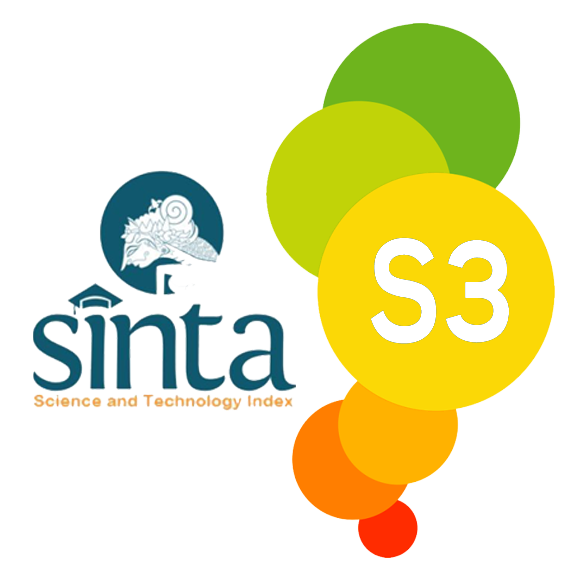Green tourism practices through Odesa social media storytelling method
DOI:
https://doi.org/10.31940/ijogtra.v5i1.27-44Keywords:
Green Tourism, Bandung Tourism, Storytelling Communication Method, Social Media AnalysisAbstract
This study aimed to describe how Odesa Indonesia, Bandung, effectively uses the storytelling communication method to introduce its programs on social media. A qualitative method presents a description of the storytelling communication method carried out by Odesa Indonesia in its green tourism practice. In contrast, the data collection and analysis process uses the content analysis method. Odesa Indonesia has practiced four elements of the storytelling communication method: identifiable character, authentic emotion, significant moments, and specific details. Apart from these four elements, in the variety of social media content, there are also three round structures of the storytelling communication method: the normal phase, the explosion phase, and the new normal phase. The writers arranged these three phases in narrative relationships that are in line with the framework of the green tourism concept, namely ecology, sanitation, literacy, and solidarity. Based on the findings of this study, the use of storytelling communication methods is not only limited to being a mere promotional differentiator but, at the same time, can be the most effective way to convey the dimensions of green tourism, not only at the level of the program but also to convey the transformation process that will and has been carried out through the practice of green tourism.












